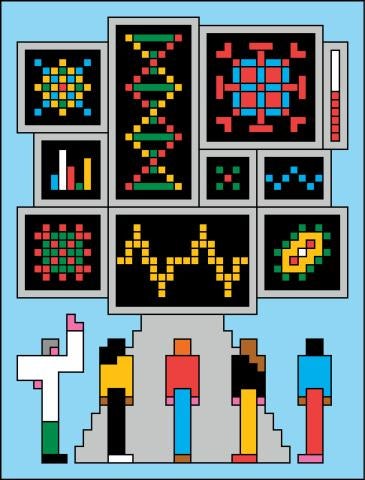With AI, we can … Use better tools to improve care
How one nurse leader sees the role of AI
Artificial intelligence is changing how some hospitals operate—from adjusting anesthetic levels in real time to predicting which patients are most likely to experience complications after surgery.
For Garry Brydges, PhD, DNP, a nationally recognized nurse leader who was an inaugural fellow in Case Western Reserve University’s Shaughnessy Coldiron Senior Nurse Executive Fellowship program, AI’s role and boundaries are clear.
“It’s not about replacing clinical judgment,” said Brydges, director of anesthesia safety and quality at the University of Texas MD Anderson Cancer Center in Houston. “It’s about supporting decisions with better tools.”
For example, he said, some hospitals are using an AI-enabled system to automate anesthetic gas delivery. While an anesthetist might make 30 to 100 adjustments during a four-hour surgery, Brydges said, the AI system can make more than 10,000 adjustments during that same procedure—responding continuously to patient physiology. He believes this approach could support more precise dosing and improve consistency in care.
Brydges is also developing AI tools that help flag risks before surgery by analyzing factors such as a patient’s health history, existing conditions and details about the procedure.
These tools let us be proactive. We’re not guessing—we’re using evidence.” —Garry Brydges
In one recent project, he focused on a complication called postoperative ileus, when the bowel temporarily stops working after surgery. By identifying factors that could be changed—such as how long the surgery lasted or how much pain medication was given—his team adjusted care and reduced complications. The approach saved nearly $250,000 across just 316 patients as a result of shorter hospital stays and fewer interventions.
His work builds directly on his 2021 experience in the Case Western Reserve University Frances Payne Bolton School of Nursing’s Shaughnessy Coldiron program, where he now teaches part time.
“It gave me a broader toolkit,” he said. “It pushed me to reflect, to think differently and to lead with clarity.”
Photograph by Michael Starghill


